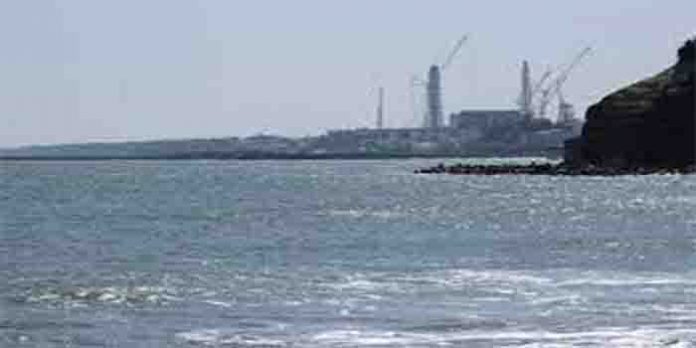Japan’s government decided Tuesday to start releasing massive amounts of treated radioactive water from the wrecked Fukushima nuclear plant into the Pacific Ocean in two years. The decision, long speculated but delayed for years due to safety concerns and protests, came at a meeting of Cabinet ministers who endorsed the ocean release as the best option.
But the local fishing industry has strongly opposed the move, as have China and South Korea. The accumulating water has been stored in tanks at the Fukushima Daiichi plant since 2011 when a massive earthquake and tsunami damaged its reactors and their cooling water became contaminated and began leaking. The plant’s operator, Tokyo Electric Power Co., says its storage capacity will be full late next year. About 1.3 million tonnes of radioactive water – or enough to fill 500 Olympic-sized swimming pools – are currently stored in these tanks, according to a Reuters report. Under the basic plan adopted by the ministers, TEPCO will start releasing the water in about two years after building a facility under the regulatory authority’s safety requirements. It said the disposal of the water cannot be postponed further and is necessary to improve the environment surrounding the plant so residents can live there safely.
Currently, the radioactive water is treated in a complex filtration process that removes most of the radioactive elements, but some remain, including tritium – deemed harmful to humans only in very large doses. Some scientists say the long-term impact on marine life from low-dose exposure to such large volumes of water is unknown.





















